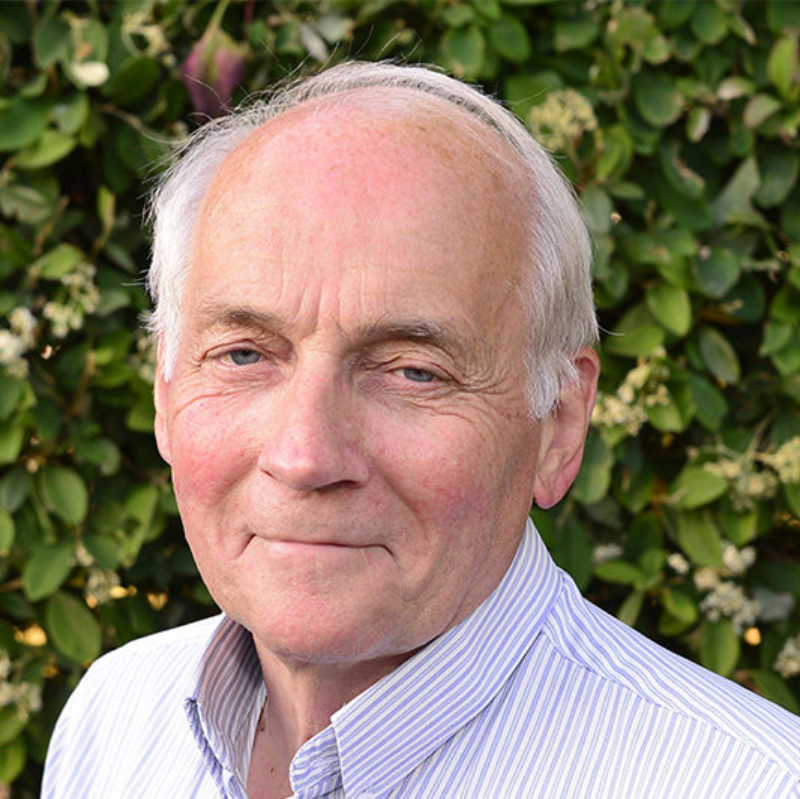Banbury, Chipping Norton & North Oxfordshire Labour Party Labour party for the Banbury constituency, which also includes Chipping Norton, Charlbury and the villages of North Oxfordshire.

Perhaps the biggest losers from the pandemic have been Britain’s high streets. A couple of months ago I touched on concern that the natural desire to return to normal and the new normal of social distancing could be the death knell for our local shops with reduced footfall or worse, a second lockdown as a result of people not being able or willing to social distance.
But COVID19 has had a much more fundamental impact on the retail and hospitality sector in general. Research by retail expert Bill Grimsey shows that 47% of retail and 59% of pubs and restaurants in the UK are at serious risk of failure putting over 3m jobs at risk nationally.
Bicester has been losing retail outlets for years and the pandemic’s impact on national chains is accelerating the decline. This year alone, Clintons and H Samuel have gone, now M & Co and M & S Food are going, although the new M & S store at Bicester gateway will have a food hall. Who will be next? Well Pizza Express is cutting 67 sites UK wide and W H Smith 1500 jobs. Could they be our next town centre casualties to go ‘under the hammer’?
So what will the new high street look like post-COVID19? The Government’s new ‘Planning for the Future’ White Paper suggests that businesses will be able to change the use of their property without the need to apply for planning permission. Conversion or demolition and rebuilding of vacant premises for housing or other uses will also be allowed without planning consent.
The proliferation of fast food takeaways, vape shops, payday lenders, betting shops and off-licences have damaged communities and become a catalyst for public health, debt and addiction problems. Perish the thought that Sheep Street and Market Square could become a mixture of these uses together with more coffee bars, charity shops and residential property with no public consultation or community involvement at all.
There are different visions for what most people now believe is a permanent change. Young people see the town centre as irrelevant to their needs while the disabled and older people can find town centres intimidating. With more people using online shopping and working from, or closer to, home than we have been used to, the high streets can be used to help reconnect with the community.
The community must be given a stronger sense of ownership on the high street. Open up streets, yes – introduce more town centre housing, make our town centres more walkable, green and inviting spaces. Car dependence should no longer dictate the fabric of towns and bold moves are needed to make high streets more walkable and cycle friendly. This not only strengthens community bonds but also delivers massive public health benefits, something I spoke about in a previous article. Combined, interventions like people friendly transport policies, reimagined civic space, increased greenery and ‘local’ food hubs can begin to redefine high streets through the lens of community.
Giving communities a bigger role is the only way to unlock this potential. ‘Community Value Charters’, requiring Councils to give communities a greater say in the benefits received from commissioning local services commercially, and Citizen’s Assemblies will be key. The latter fast becoming a necessary tool to bridge the gulf between voters and politicians.
A visit to our local high street shouldn’t be an immediately forgettable brush-by experience. It should be enriching. Now there’s a thought!
